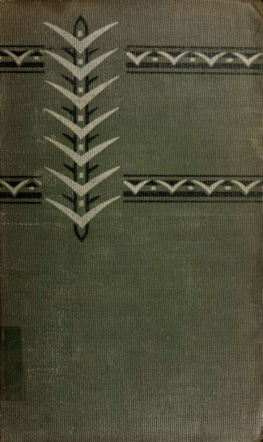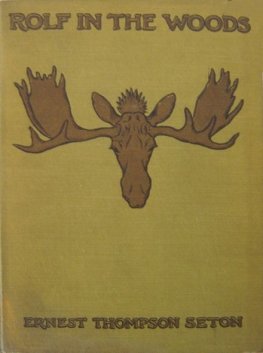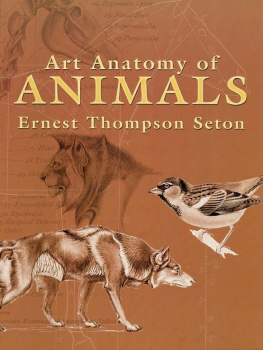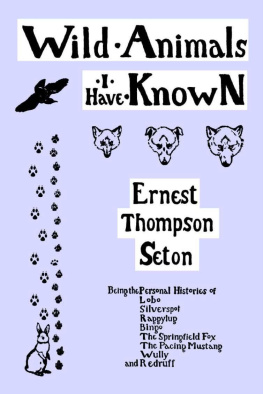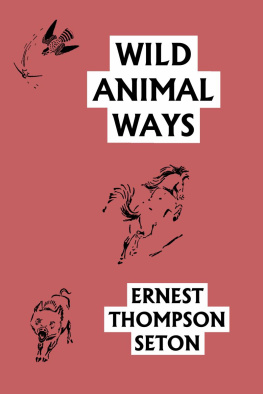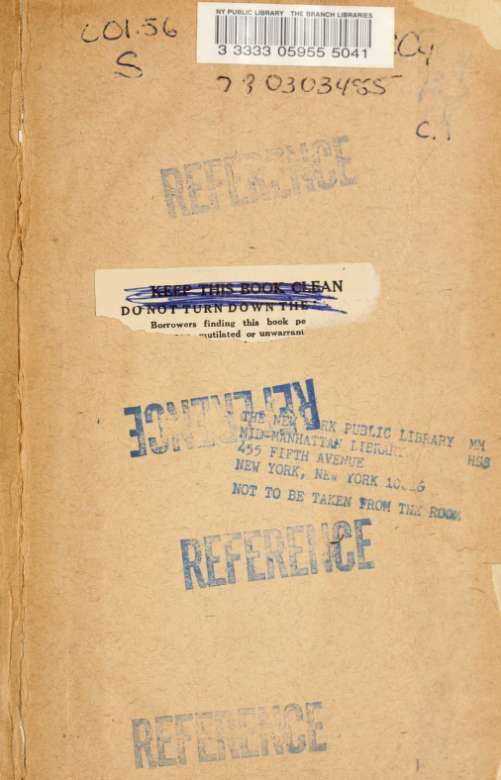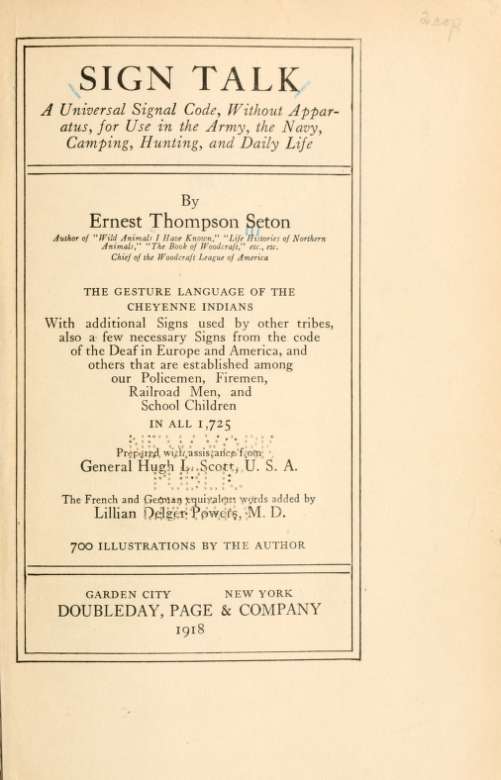This book made available by the Internet Archive.
PREFACE
IN OFFERING this book to the public after having had the manuscript actually on my desk for more than nine years, let me say frankly that no one realizes better than myself, now, the magnitude of the subject and the many faults of my attempt to handle it.
My attention was first directed to the Sign Language in 1882 when I went to live in Western Manitoba. There I found it used among the various Indian tribes as a common language, whenever they were unable to understand each other's speech. In later years I found it a daily necessity when traveling among the natives of New Mexico and Montana, and in 1897, while living among the Crow Indians at their agency near Fort Custer, I met White Swan, who had served under General George A. Cuscer as -I Scout. Ke had been sent across country with a- message to Major Reno, so escaped the fatal battle; but felb'rrwilb-<<: party of Sioux, by whom he was severely wounded,' clii bbed on the head, and left for dead. He recovered Ano escaped,'.but ever after was deaf and practically dumb. However, sign-talk was familiar to his people and he was at little disadvantage in daytime. Always skilled in the gesture code, he now became very expert; I was glad indeed to be his pupil, and thus in 1897 began seriously to study the Sign Language.
In 1900 I included a chapter on Sign Language in my
CENTRAL RVE
projected Woodcraft Dictionary, and began by collecting all the literature. There was much more than I expected, for almost all early travellers in our Western Country have had something to say about this lingua franca of the Plains.
As the material continued to accumulate, the chapter grew into a Dictionary, and the work, of course, turned out manifold greater than was expected. The Deaf, our School children, and various European nations, as well as the Indians, had large sign vocabularies needing consideration. With all important print on the subject I am fairly well conversant, besides which I have had large opportunities in the field and have tried to avail myself of them to the fullest extent, carrying my manuscript from one Indian tribe to another, seeking out always the best sign-talkers among them, collecting and revising, aiming to add all the best signs in use to those already on record.
The following are the chief printed works on Sign Language: : .
. , * .
....
1823. The Indian Language of Signs by Major Stephen H. Long, published in his Expedition to the Rocky Mts., 1823, Vol..l,;pp: '^78-394. Gives 104 signs. The earliest extensive vocabulary on record.
1880. Gesture Signs and Signals of the North American Indians by Lieut. Col. Garrick Mallery. An elaborate and valuable 330 page quarto compilation from many contributors; published by the Bureau of American Ethnology of the Smithsonian Institution, 1880.
It was preliminary to the much more extended work published the year following, and combines in itself all the important vocabularies published up to that time, including: Wm. Dunbar's List pub. Trans. Am. Phil. Soc., January 16, 1801; about 60 signs; Prince Maximilian von Wied-Neuwied's List, Reise, Nord. Am., 1832-34, 1837; Capt. R. F. Burton's List pub. in "The City of the Saints," 1862; Dr. D. G. MacGowan's List pub. in Historical Magazine, Vol. X, 1866, pp. 86-97; also Manuscript Lists supplied by Col. R. I. Dodge, Dr. William H. Corbusier, U. S. A., and about forty other contributors.
1881. Sign Language Among the North American Indians compared with that among other peoples and Deaf Mutes, by Col. Garrick Mallery; 290 page quarto, 286 illustrations, an elaborate examination of the history ; origin, and nature of the Sign Language, with extensive vocabularies. Published in ist Annual Report, Bureau of American Ethnology, 1881.
1885. The Indian Sign Language by Capt. William Philo Clark, U. S. A., 244 pp. octavo, quite the best book on the subject, giving over 1,000 signs with photographic exactness; it is also one of the best early encyclopedic books on Indians in general; unfortunately, it is without illustrations and is out of print. Published by Hamersly & Co., of Philadelphia, 1885.
This is practically the only publication quoted in preparing this work. I have referred to it continually as a standardas the highest available authority. (W. P. Clark was born July 27, 1845, at Deer River, Lewis Co., New York. Graduated from West Point June 15, 1868. Served on the Plains in 2d Cavalry during the Indian
Vlll
PREFACE
wars of 1876 to 1880. Died at Washington, D. C., September 23, 1884.)
HADLEY INDIAN SIGN PRINTS
About twenty-five years ago there lived in Anadarko, Indian Territory, an enthusiastic missionary worker named Lewis F. Hadley, known to the Indians as Ingo-nompashi.
He made a study of Sign Language in order to furnish the Indians with a pictographic writing, based on diagrams of the signs, and meant to be read by all Indians, without regard to their speech. Pointing to the Chinese writing as a model and parallel, he made a Sign Language font of 4,000 pictographic types for use in his projected works. He maintained that 110,793 Indians were at that time sign-talkers and he proposed to reach them by Sign-Language publications.
In pursuance of his plan, he issued the following:
1887. List of the Primary Gestures in Indian Sign Talk. "Only 19 copies were printed." It was intended as a prodrome to "extended "works and a magazine in Hands-tal[k]ing."
It consists of 63 pages with 684 crude woodblocks of white lines on black ground, illustrating signs, alphabetically arranged, but without captions or text of any kind, except the explanation on the title page, abridged as above.
1890. A Lesson in Sign Talk, designed to show the use of the line showing the movement of the hands in the Indian Gesture Language, by In-go-nom-pa-shi, Fort Smith, Ark., 1890. Copyrighted by Lewis F. Hadley, 12 pp. A portrait of him by himself is on p. 11, inscribed "In-go-nom-pa-shi, drawn by himself at 60 years."
It devotes 3 pages to general discussion of Sign Talk, i| pages to reform of our spelling, the rest is given to general remarks with 12 poor illustrations in white line, also a Scripture text with 15 signs drawn, the Lord's Prayer with 55 drawn signs, and on p. 12, The Indian Little Star, a novel version of 'Twinkle, Twinkle," rendered in 97 drawn signs.
1893. Indian Sign Talk. Being a Book of Proofs of the matter printed or equivalent cards designed for teaching sign-talking Indians as much English as can be explained through the medium of their "Universal" Gesture Language, by Ingonompashi, copyrighted May 15, 1893, "only 75 copies are saved."
This is Hadley's most extended work. It is a dictionary of the Sign Language, in 268 large octavo leaves printed on one side only of each sheet.
It consists of 9 pages of Preface and general matter, 192 pp. of dictionary alphabetically arranged, each page having three gestures figured and beside each the equivalent in English. A total of 577 signs (including a double). Pages 193 to 205 are given to small reproductions of the sign drawings to illustrate "measurements of type" his fontabout 800 illustrations, two pages of appendix with compound sign words, and 14 illustrations, i page of black type, 18 in number, 53 pages of reading matter in signs, the above cited version of "Twinkle, Twinkle, Little Star" and the story of "Wolf and the White Man" in signs; the rest being Scripture texts and exhortations and the i9th Psalm, ending with the Lord's Prayer.

